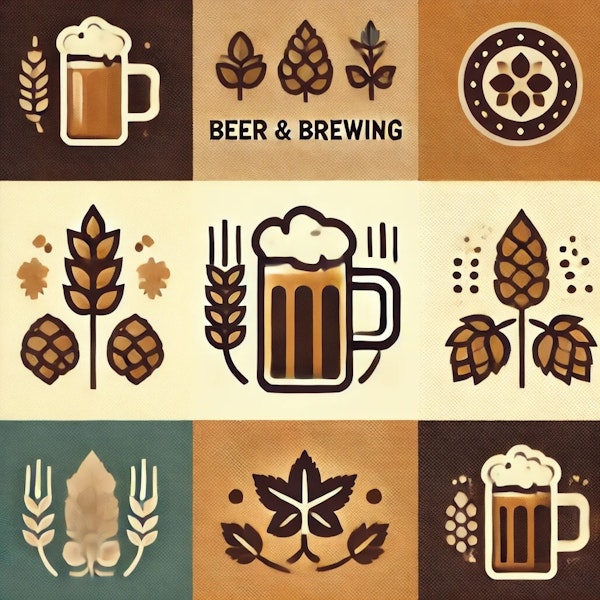
This beer style works just fine on its own for a fall or winter party tap addition, and it also makes a great base for winter-themed spice and fruit beers.
Josh Weikert is the founder of beer-simple.com, a BJCP Grand Master, and a columnist and regular contributor to Craft Beer & Brewing Magazine®. We asked him to go beyond homebrewing and offer some of his favorites from the larger beer world.
Fermentation is where beer is made. About 95 percent of what can go wrong or right with a beer happens in fermentation, so if you manage your fermentation properly, you will get a good beer.
American Brown Ale is a classic of the early craft and homebrewing world, and in a perfect world you’d have a great version of it on your taps at all times.
If you're looking to experiment with spiced ales, this recipe is a good one to start with.
Foreign Extra Stout isn’t a complicated style. However, it is a distinct style, and missing the mark on any one of several flavor characteristics will unavoidably drag it out of its home in category 16D and into one of the other stout styles.
There are approaches that can help us find balance in our beers when we want it and make our imbalances work for us when they’re warranted and wanted.
There are approaches that can help us find balance in our beers when we want it and make our imbalances work for us when they’re warranted and wanted.
This recipe will serve you well as a faithful Red IPA that avoids the pitfalls of the style while amplifying its virtues.
Big beers often garner a lot of attention, but don’t let that keep you from appreciating (or brewing) the smaller beers.